Topic: Discipline
The following section on Discipline is excerpted fron the Militia and Defence publication "Instructions Governing Organization and Administration" for new Units of the Canadian Expeditionary Force. This publication was provided to the new staffs of units being raised for service overseas in the First World War and introduced them to the complex world of administration in a rapidly expanding army.
Instructions Governing
Organization and Administration of CEF Units
1916
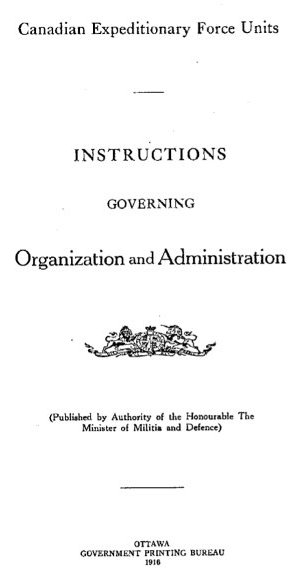 DISCIPLINE
DISCIPLINE
For purposes of discipline all ranks will be subject to the Army Act, to King's Regulations, and to such other ordinances as may apply or may be made to apply to the British Regular Army.
The following remarks regarding discipline will, no doubt, be found helpful:—
Discipline means respectful obedience to orders which is the first principle and duty of all soldiers and is the only true basis on which discipline can rest.
Without discipline there can be no real bond of confidence between officers and man or even between the men themselves.
Obedience means obedience to the spirit of all orders, not only by the letter. Promptness and punctuality are indicative of discipline as is steadiness on parade and saluting.
Life in a highly disciplined Corps is always more pleasant than in one where order and regularity are not strictly maintained.
Discipline must not have its origin in fear of punishment, but upon the knowledge and conviction that the orders emanate from a superior not only in rank but in knowledge.
Without discipline all Military bodies become mobs and worse than useless, but discipline enforced by punishment alone is a poor sort which will not stand any severe strain. What must be aimed at is that high state of discipline which springs from a Military system administered with impartiality and judgment, so as to induce all ranks a feeling of duty and the assurance that while no offence will be passed over, no offender will be unjustly dealt with.
In all cases the whole Corps should see that the punishment awarded is not more than is necessary for the maintenance of discipline.
A C.O. cannot pay too much attention to the prevention of Crime—but the true criterion of well established discipline is the absence of crime, not its screened existence.
These should be such as to insure discipline and at the same time foster self-respect.
Indecision or the use of intemperate language or an offensive manner should be carefully avoided.
C.Os. should prevent officers, N.C.Os, or men publishing information relative to the numbers, movements or operations or troops or Military details.
They should not permit any letters of complaint to be published or memorials or requisitions made without their consent.
Any officer or soldier is personally responsible for reports of this kind, which he may make without special permission, or for placing information beyond his control so that it finds its way into unauthorized hands.
Officers and soldiers are forbidden to give publicity to their individual opinions in any manner tending to prejudge any questions undergoing official investigation.
No assemblage of officer, N.C.Os or men should take place to deliberate on any military matter without the consent of the C.O.
Neither officers nor men as such should take part in any political, religious or party demonstration.
Officers should avoid reprimanding N.C.Os for irregularity of duty or awkwardness in the presence of the privates lest they weaken their authority and lessen their self-respect, unless it be necessary as in the case of severe reprimand that the reproof be public for the benefit of example.


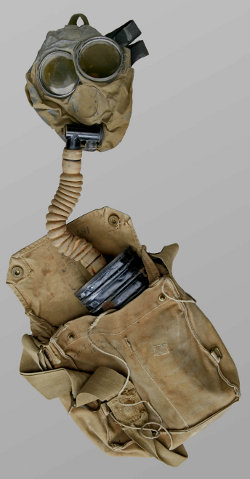
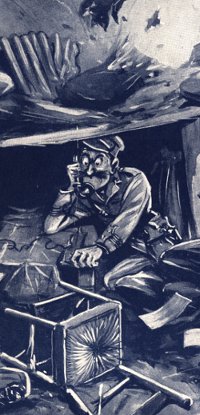

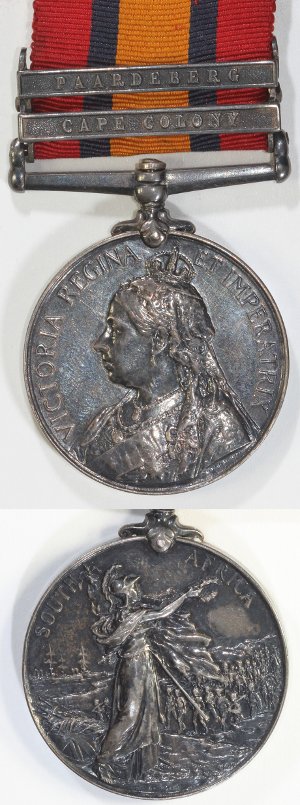 The
The 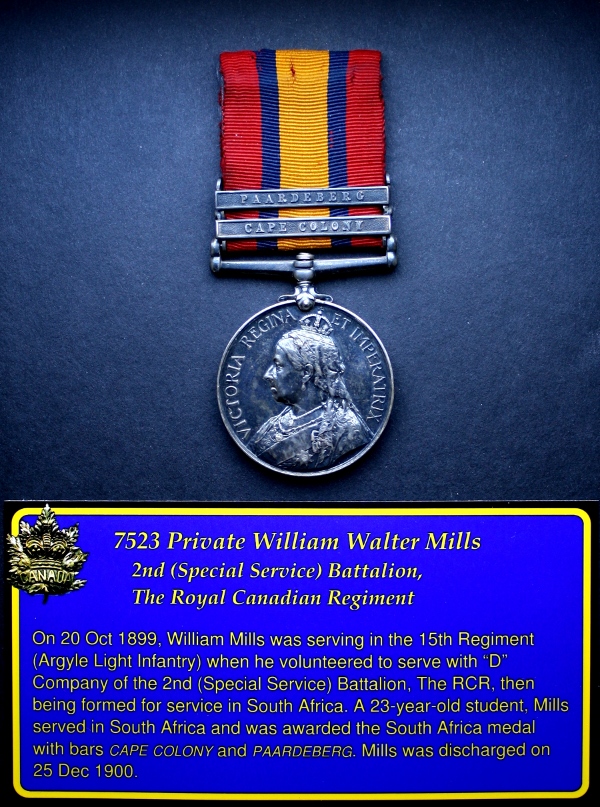

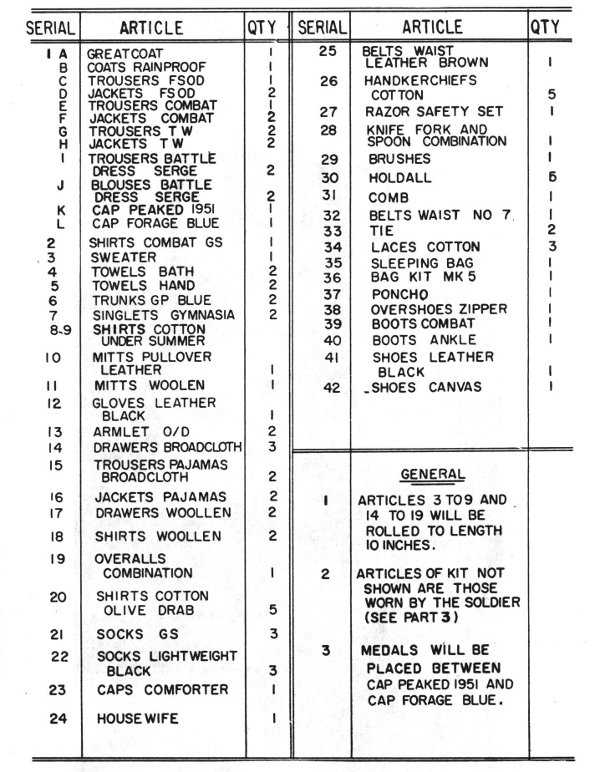
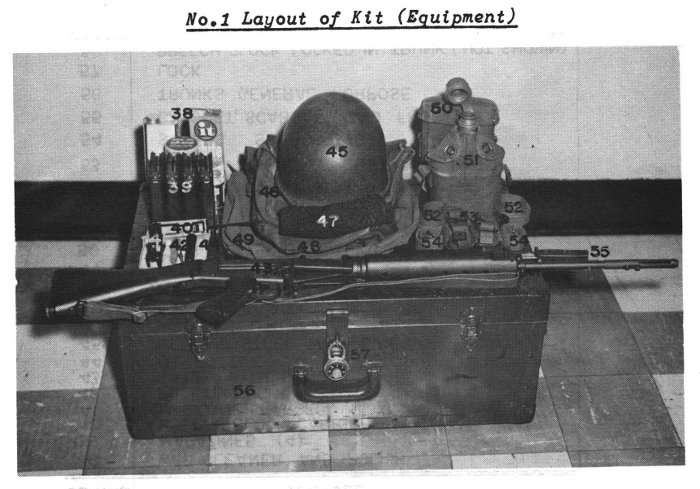
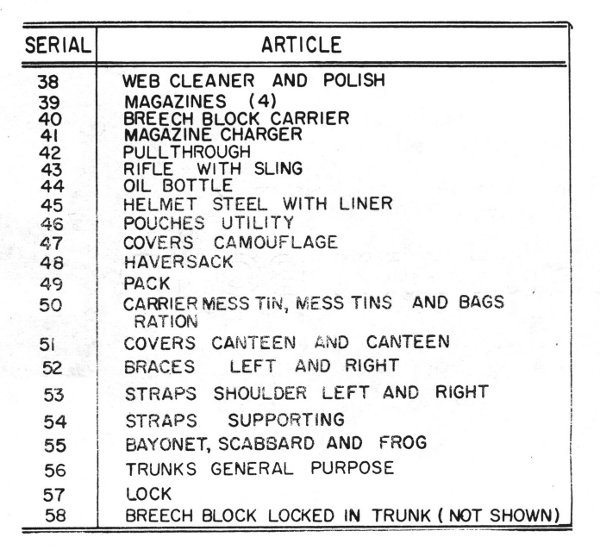

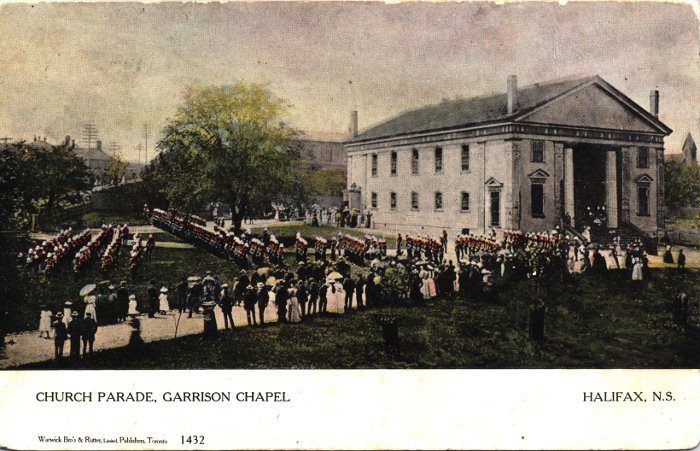

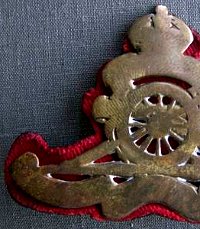 In some regiments it was preferred to have a central part of their badge noticeably "domed" and long and nerve-wracking moments using the open end of a pipe (like a barracks shower drain) and a carefully dropped round-ended broom handle against the back of the badge to achieve that effect. A similar result could also be achieved by applying pressure with the hand while working the badge over the broom handle end. Poster DavidS describes this technique on the
In some regiments it was preferred to have a central part of their badge noticeably "domed" and long and nerve-wracking moments using the open end of a pipe (like a barracks shower drain) and a carefully dropped round-ended broom handle against the back of the badge to achieve that effect. A similar result could also be achieved by applying pressure with the hand while working the badge over the broom handle end. Poster DavidS describes this technique on the 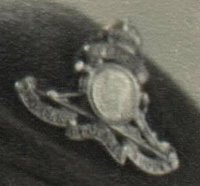 Another common alteration to the Artillery's badge was to replace the wheel with a coin, thus providing a solid surface that could be more easily polished to a high sheen. Again, polishing to remove any details of the coin's original face accentuated this effect.
Another common alteration to the Artillery's badge was to replace the wheel with a coin, thus providing a solid surface that could be more easily polished to a high sheen. Again, polishing to remove any details of the coin's original face accentuated this effect. 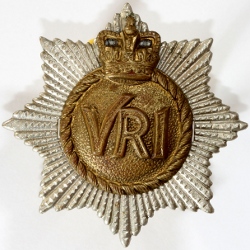 As noted, not even The Royal Canadian Regiment was exempt from soldiers trying to improve the appearance of their badges to obtain a better surface to shine. There are two basic modifications that can be found on older regimental badges to achieve this. The first method was using the point of a bullet to burnish smooth the pebbling around the central "VRI" of the badge frontpiece.
As noted, not even The Royal Canadian Regiment was exempt from soldiers trying to improve the appearance of their badges to obtain a better surface to shine. There are two basic modifications that can be found on older regimental badges to achieve this. The first method was using the point of a bullet to burnish smooth the pebbling around the central "VRI" of the badge frontpiece.
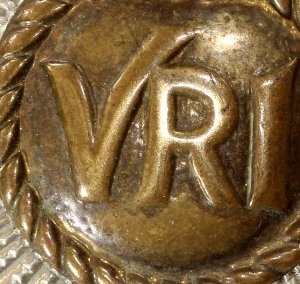
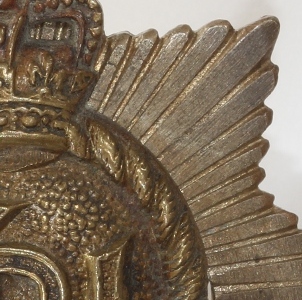
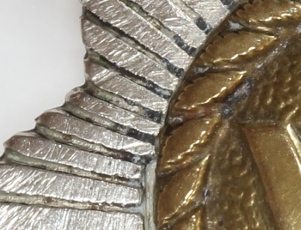
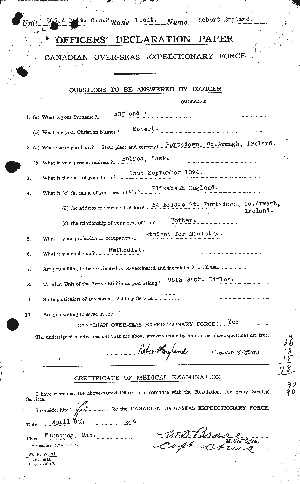
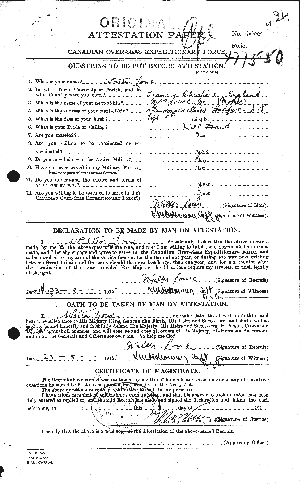
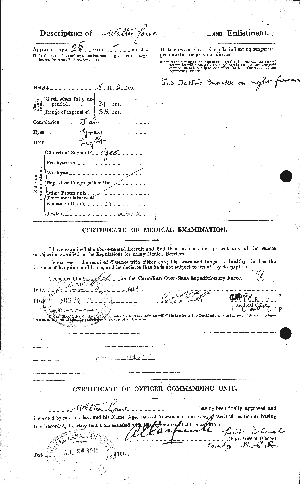

 In an appendix to the
In an appendix to the 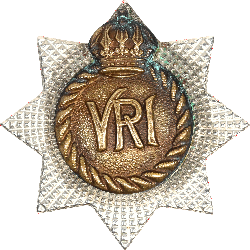 During the reign of
During the reign of  Sidney Pearson Leach
Sidney Pearson Leach
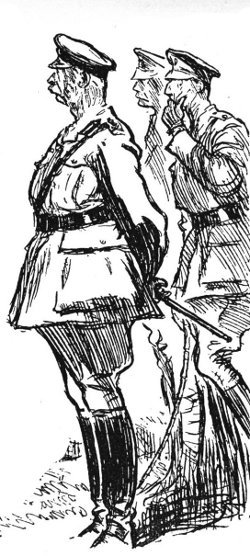 The Door that was Locked
The Door that was Locked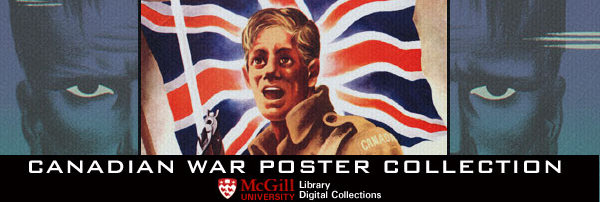
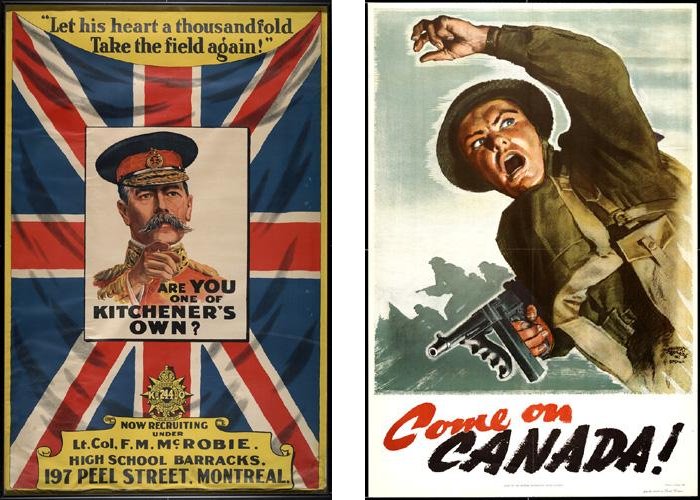
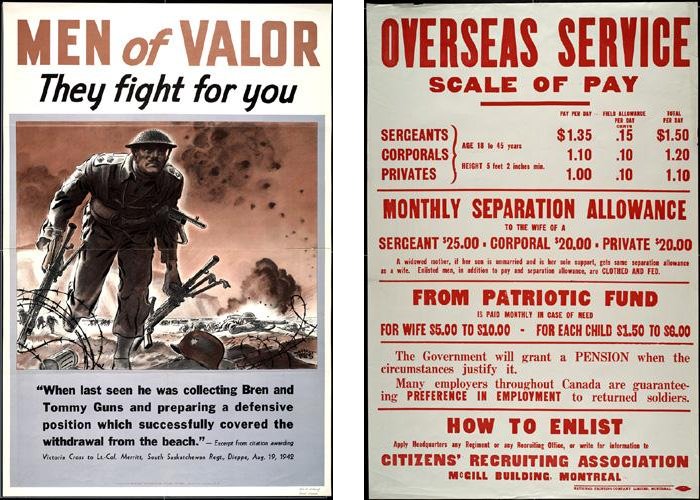
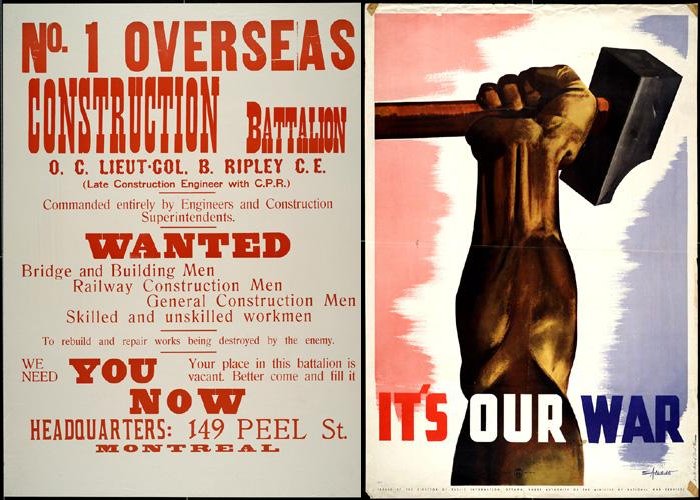
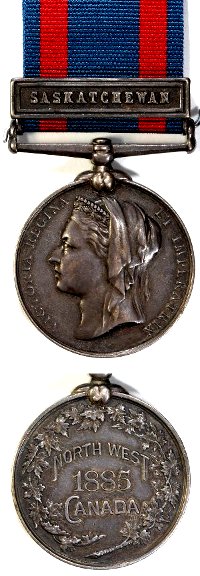 Militia General Orders
Militia General Orders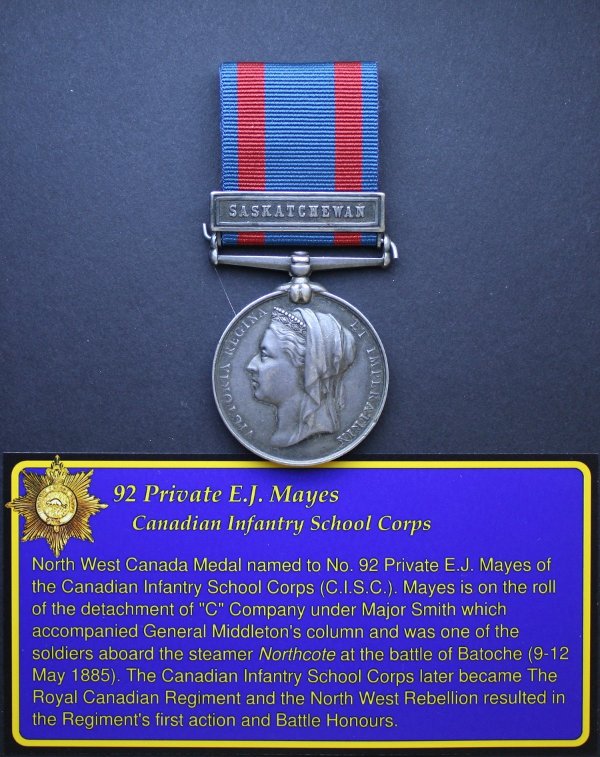
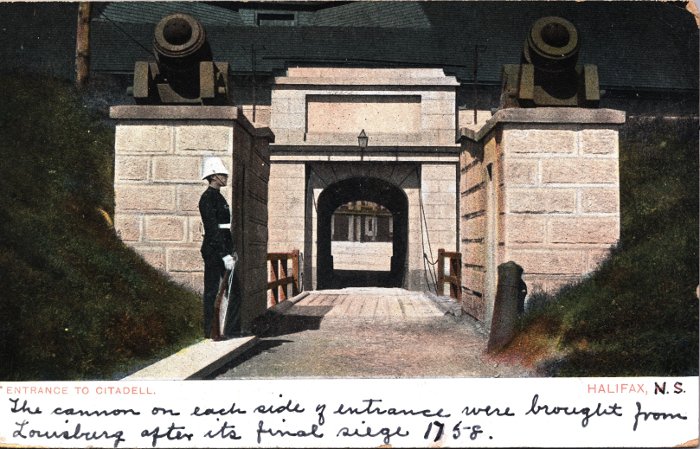
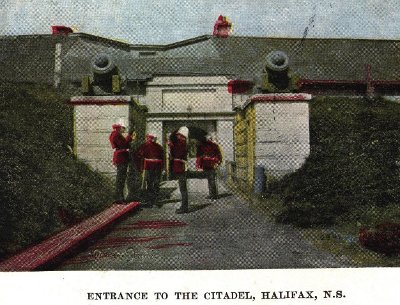 Notable for many over many decades until more recent restoration work, was the placement of two large calibre land service mortars over each side of the entrance. These mortars were brought back from the French Fortress of
Notable for many over many decades until more recent restoration work, was the placement of two large calibre land service mortars over each side of the entrance. These mortars were brought back from the French Fortress of 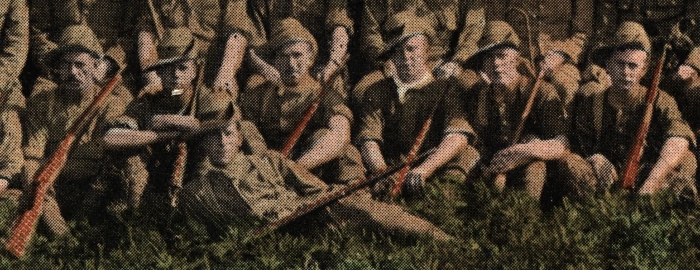
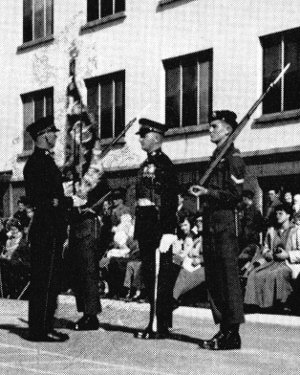 London, Ontario — 19th October, 1957
London, Ontario — 19th October, 1957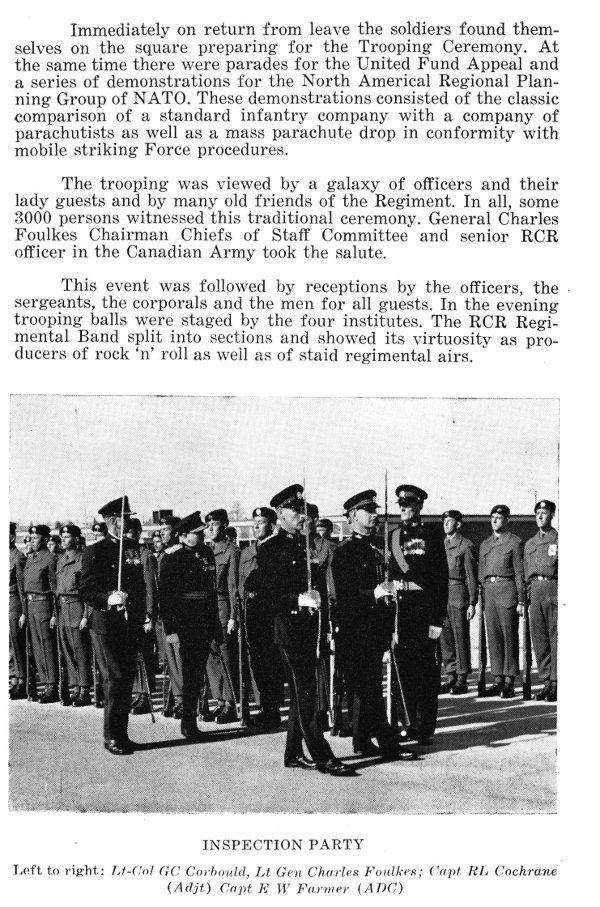

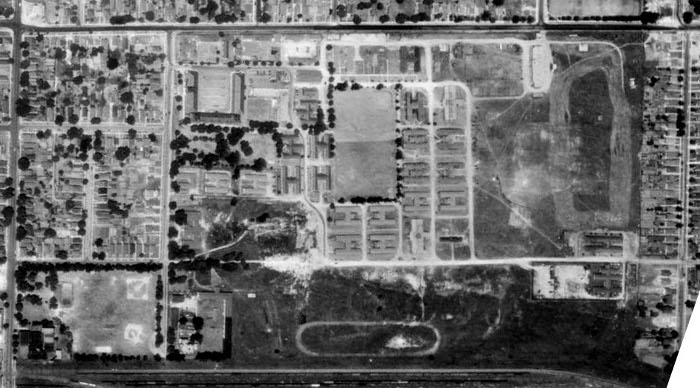
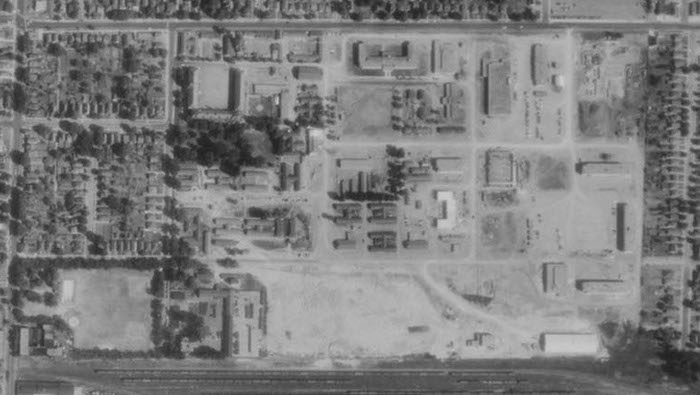
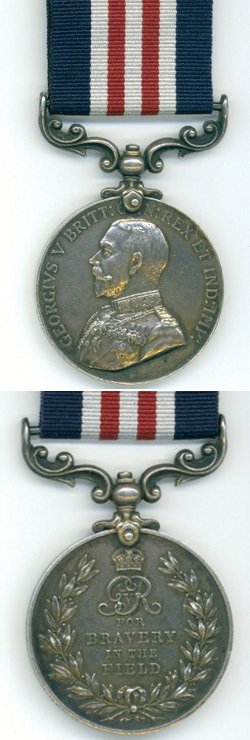 The original text of the Royal Warrant as published in the London Gazette authorisng the intitution of the Military Medal follows:
The original text of the Royal Warrant as published in the London Gazette authorisng the intitution of the Military Medal follows: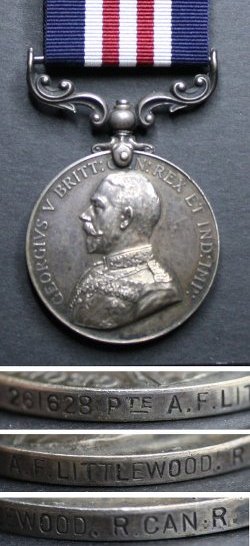 Awards to Canadians
Awards to Canadians